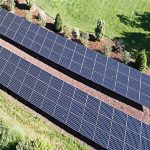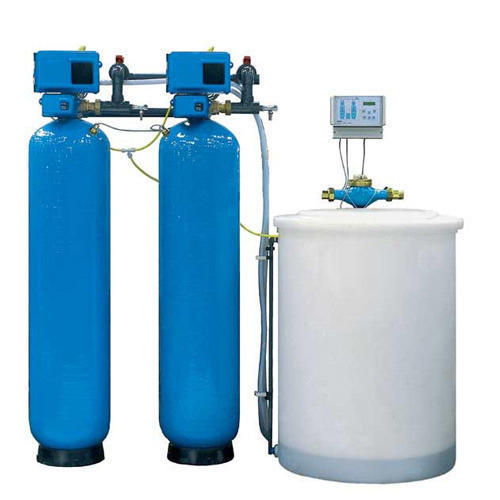To create the experiences of tomorrow, you first must design the interactions of today. It isn’t enough to glance in front of you, as 2016 is already here. You have to peer ahead, to 2017 — in which the actual paradigm shifting trends of the future lie in wait. Here, our web design in Denver services provide 3 design predictions for 2017:
Failure Mapping
Erroneous use of services and products will explode with the oncoming of new users. More than 50% of the globe’s population will be on the Internet by 2017 and will need a business website design, and the massive influx of new users are going to bring about a disproportionate quantity of digital-novices, like the Global South and the elderly, who we will have to uniquely design for. Like journey-mapping, the practice of failure-mapping allows UX designers to better anticipate, model, and understand non-ideal scenarios, permitting us to better deal with improper use of services and products.
Micro-Mini Interactions
With the realm of services and apps becoming more and more specific and granular— we have Vine for sharing six second videos, Yo for sending Yo’s, and Knock Knock for finding new friends, we are moving toward further atomization of micro-interactions, in which individual engagements are being broken down within even more compact segments inside a bigger interaction. I refer to those Micro-Mini Interactions — the microscopic, multiple interactions nested inside a micro-interaction, and by 2017 we will be passively interacting in a multitude of micro-mini interactions each time we take our phones out:
* Micro-interaction: Coupling 2 devices together with bluetooth.
* Micro Mini Interaction: Toggling a bluetooth setting on.
* Micro-interaction: Controlling a continual process like music volume.
* Micro Mini Interaction: Incrementally swiping the volume to the right.
* Micro-interaction: Connecting to somebody on LinkedIn.
* Micro Mini Interaction: Touching the ‘Connect’ button upon one’s profile.
Weather App Proliferation
The year 2015 was the record year for weather applications; however, their demand will just continue to explode. As El Niño comes across the Silicon Valley this winter, we will witness even more UX designers transferring their focus to the pressing problem of climate change and the gorgeous mobile apps utilized to visualize its path.






